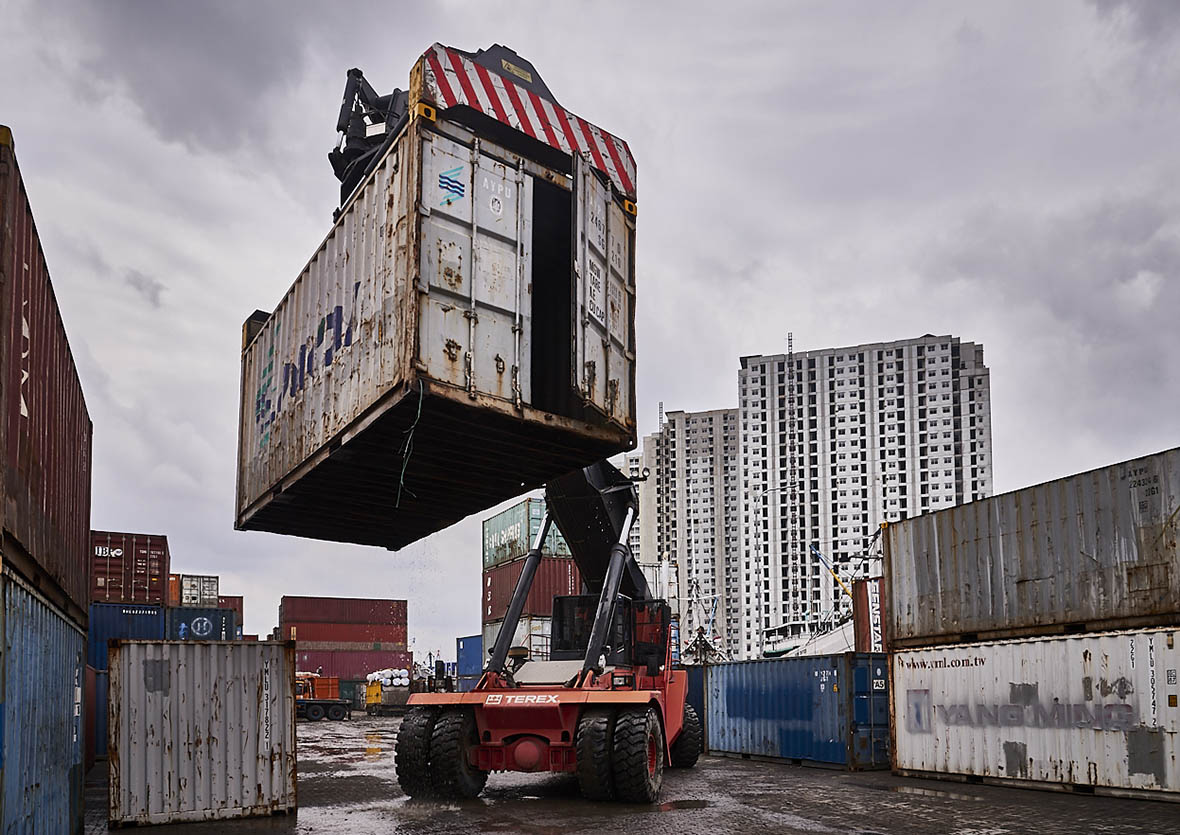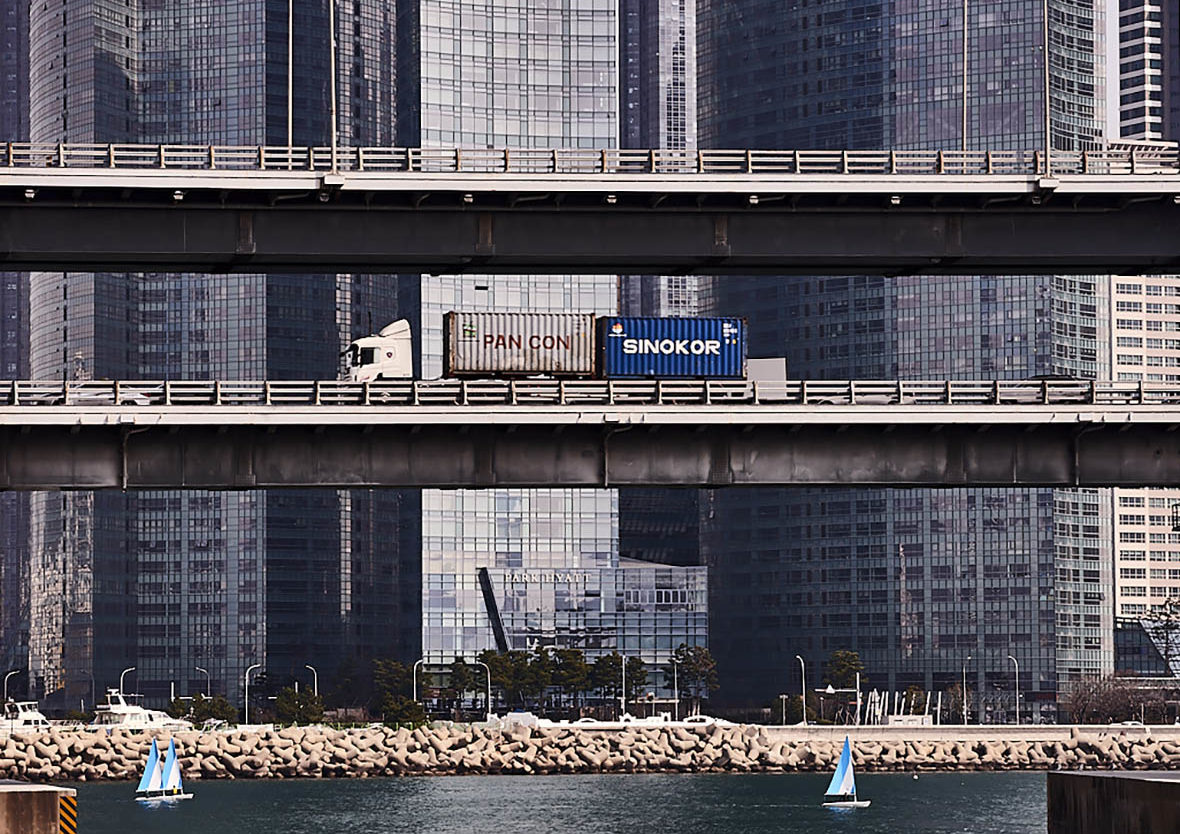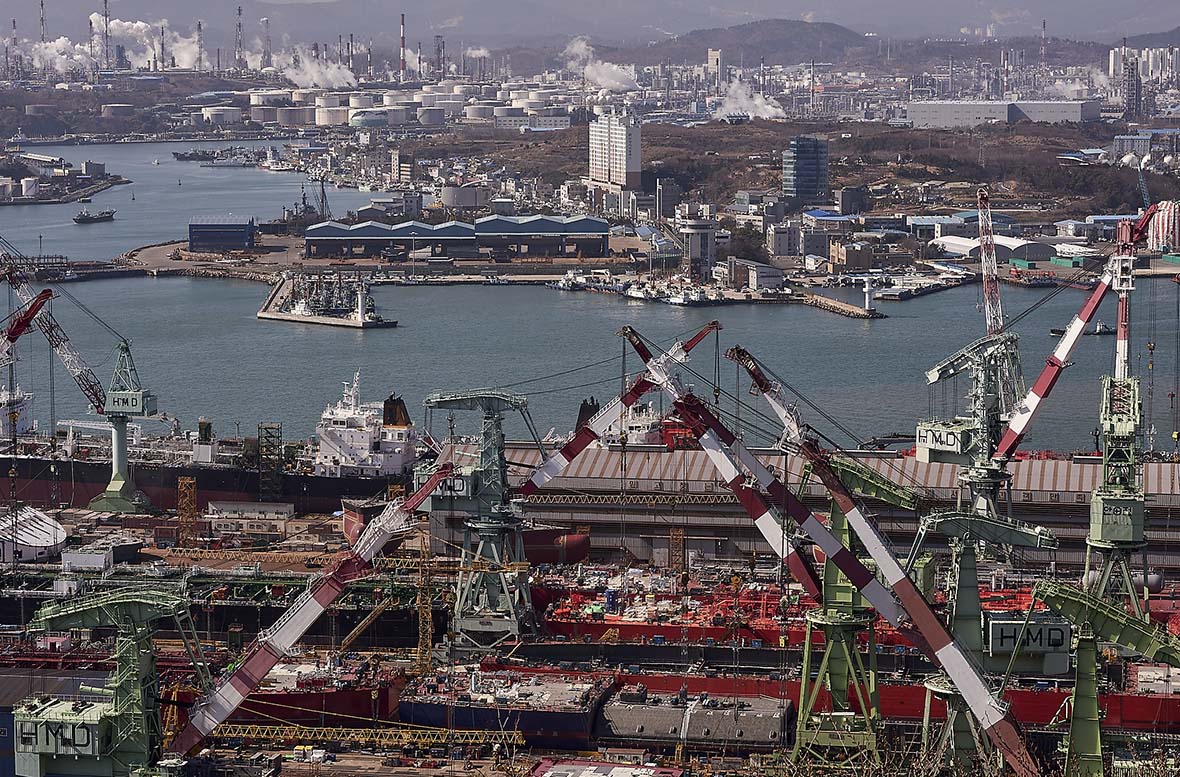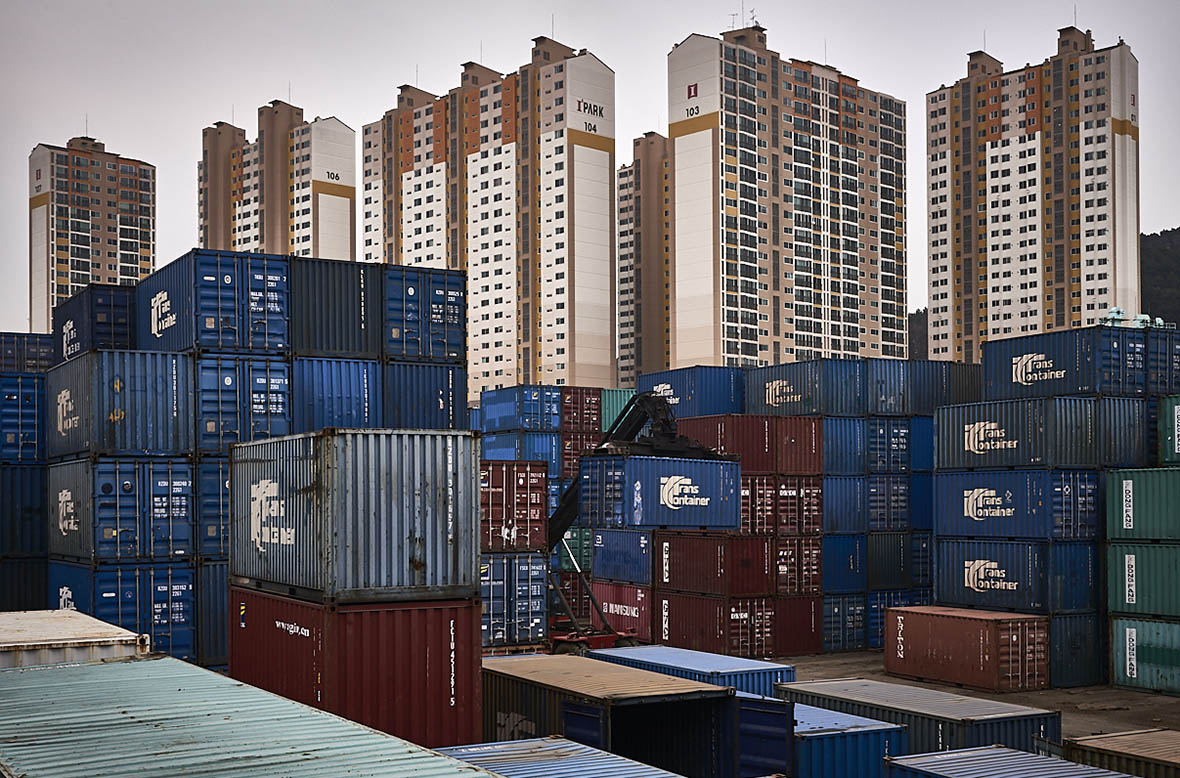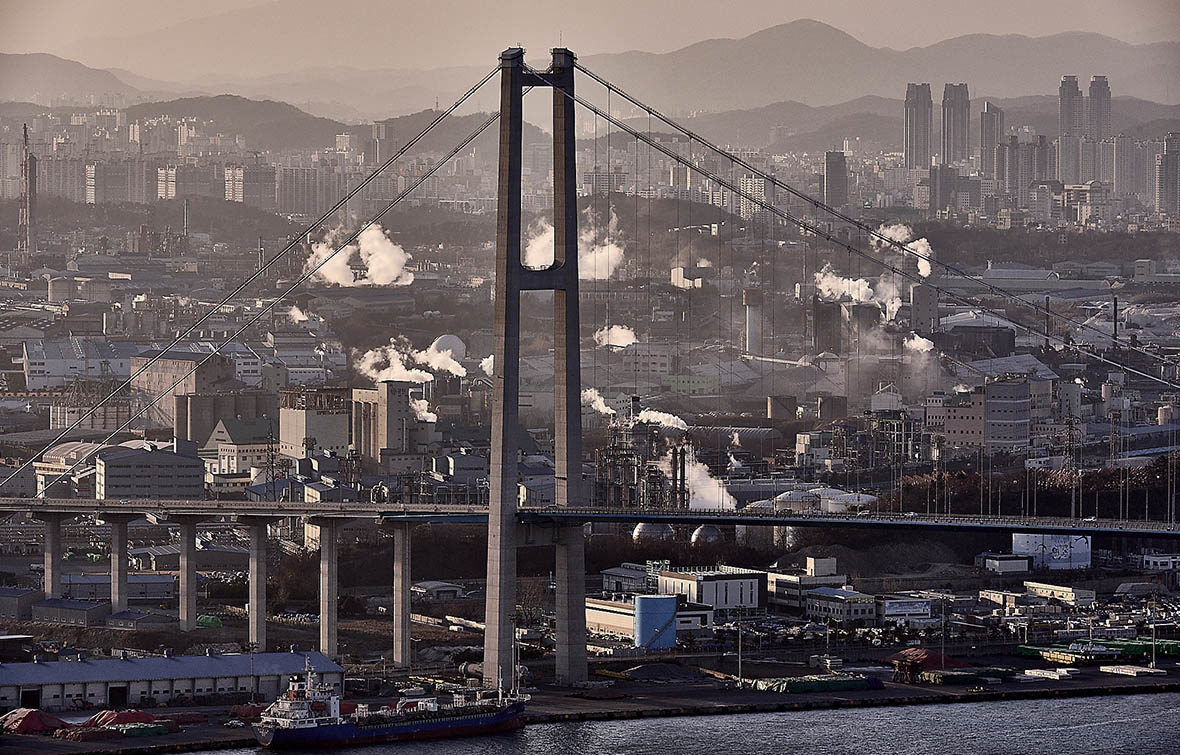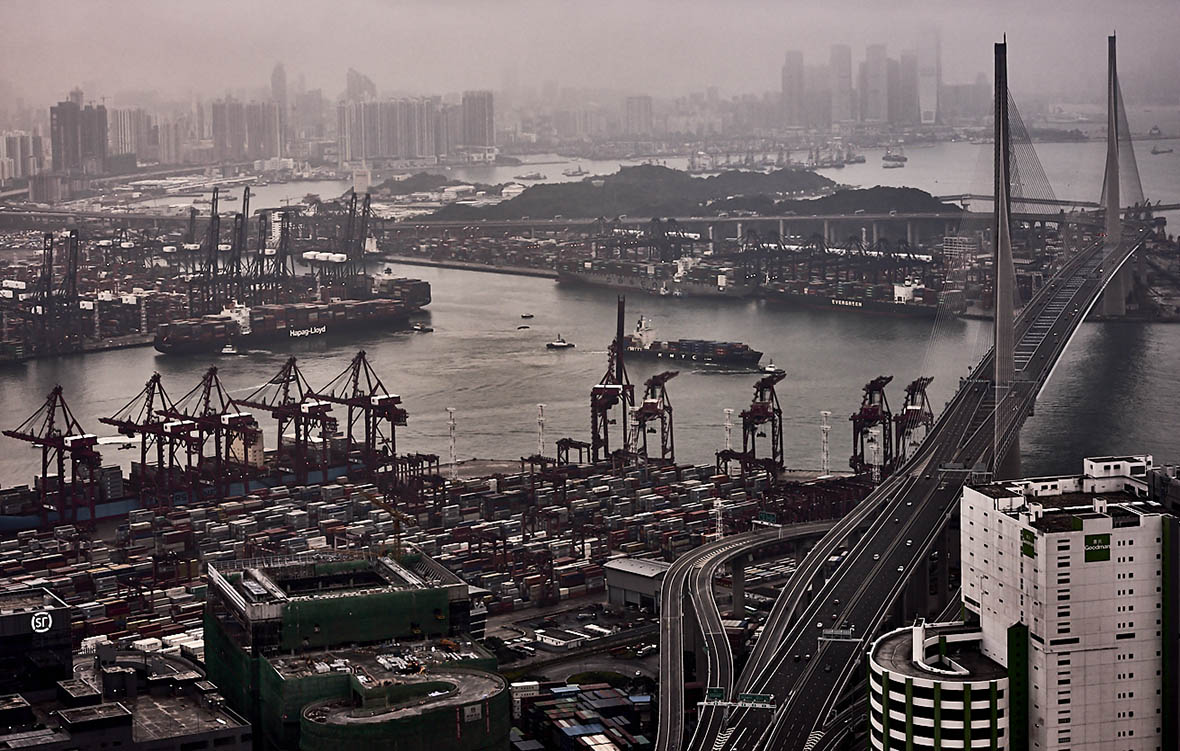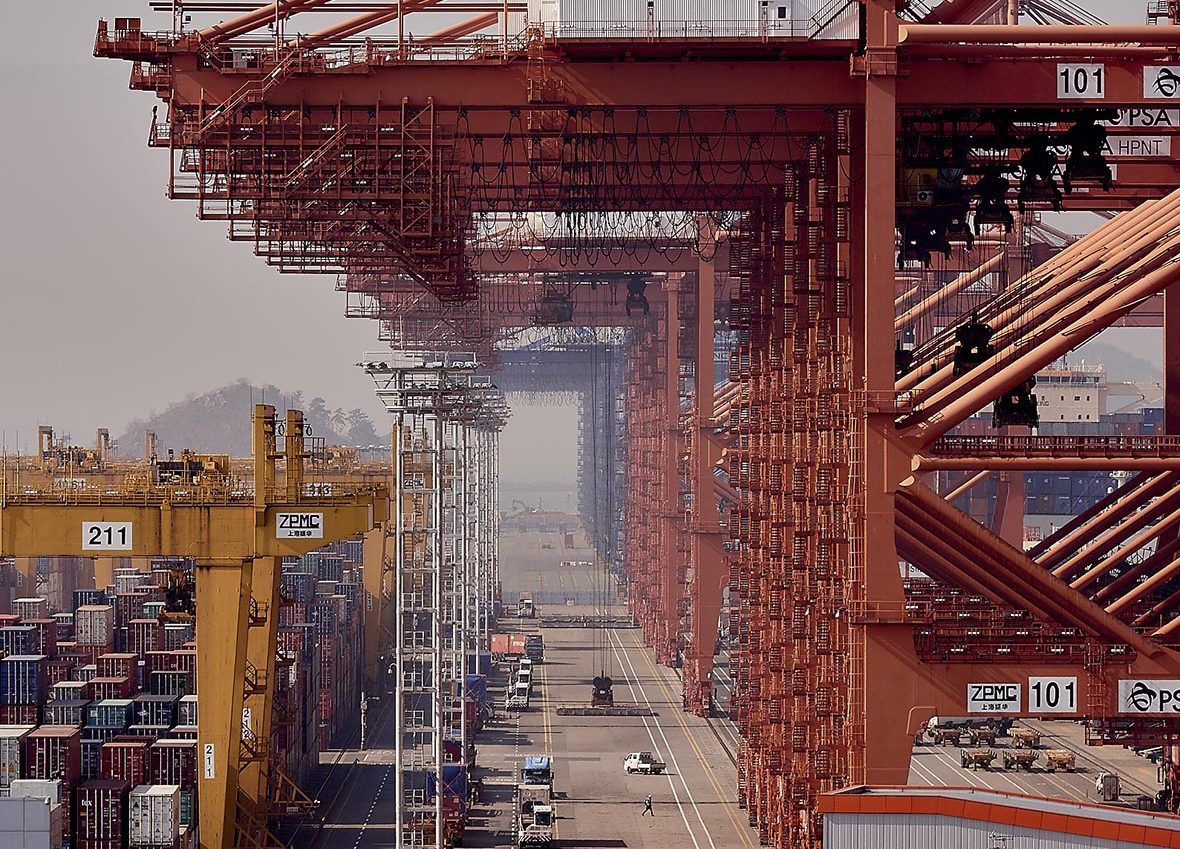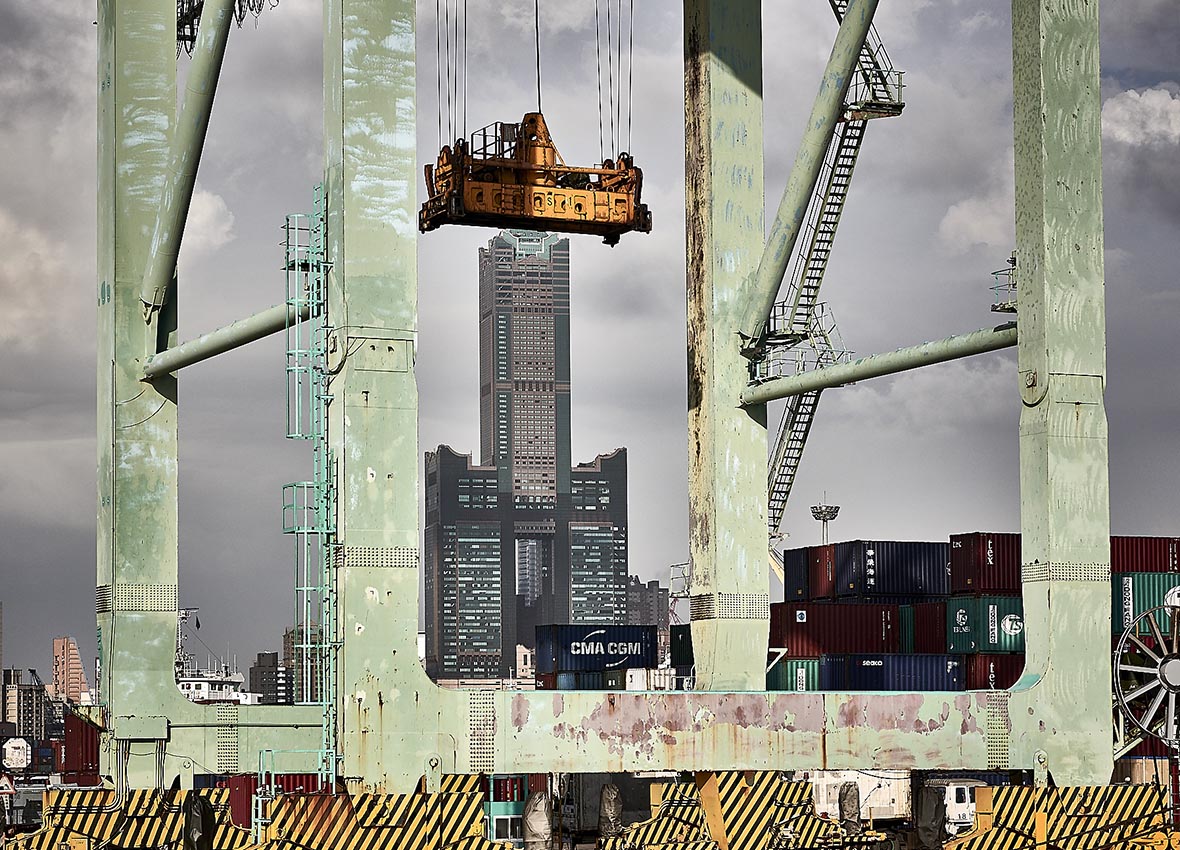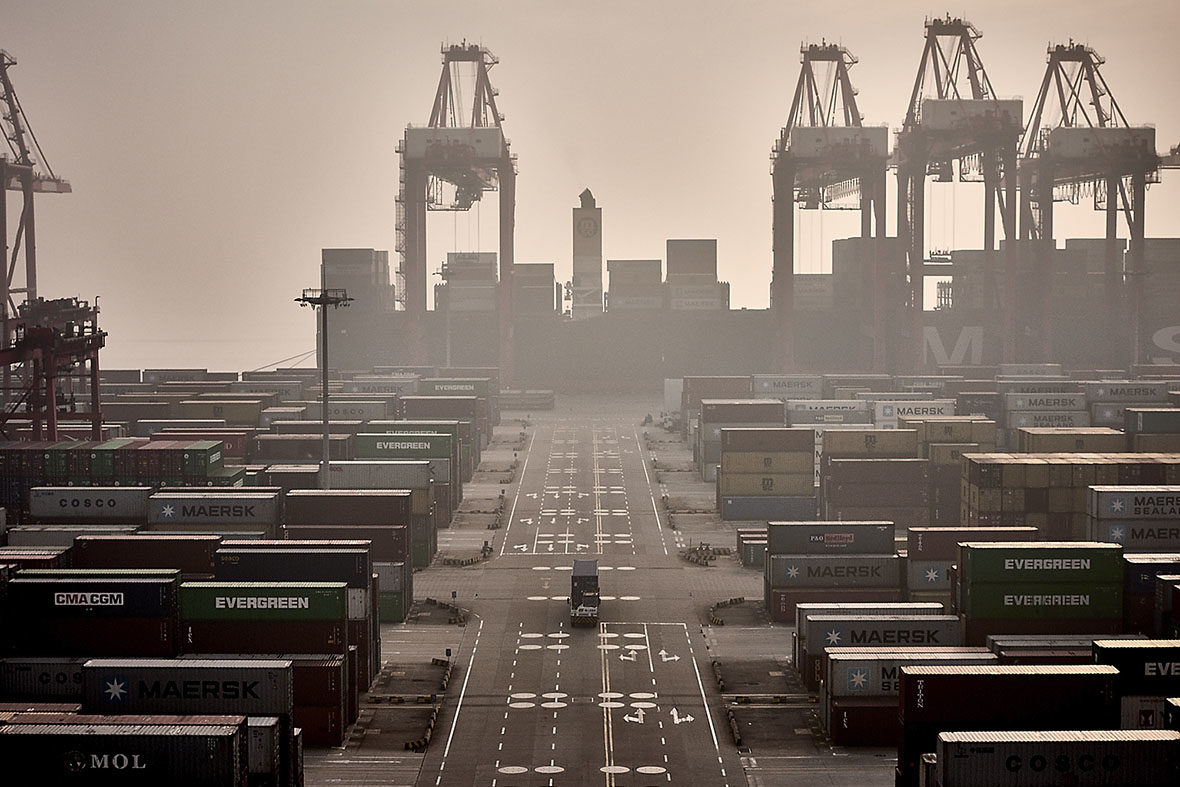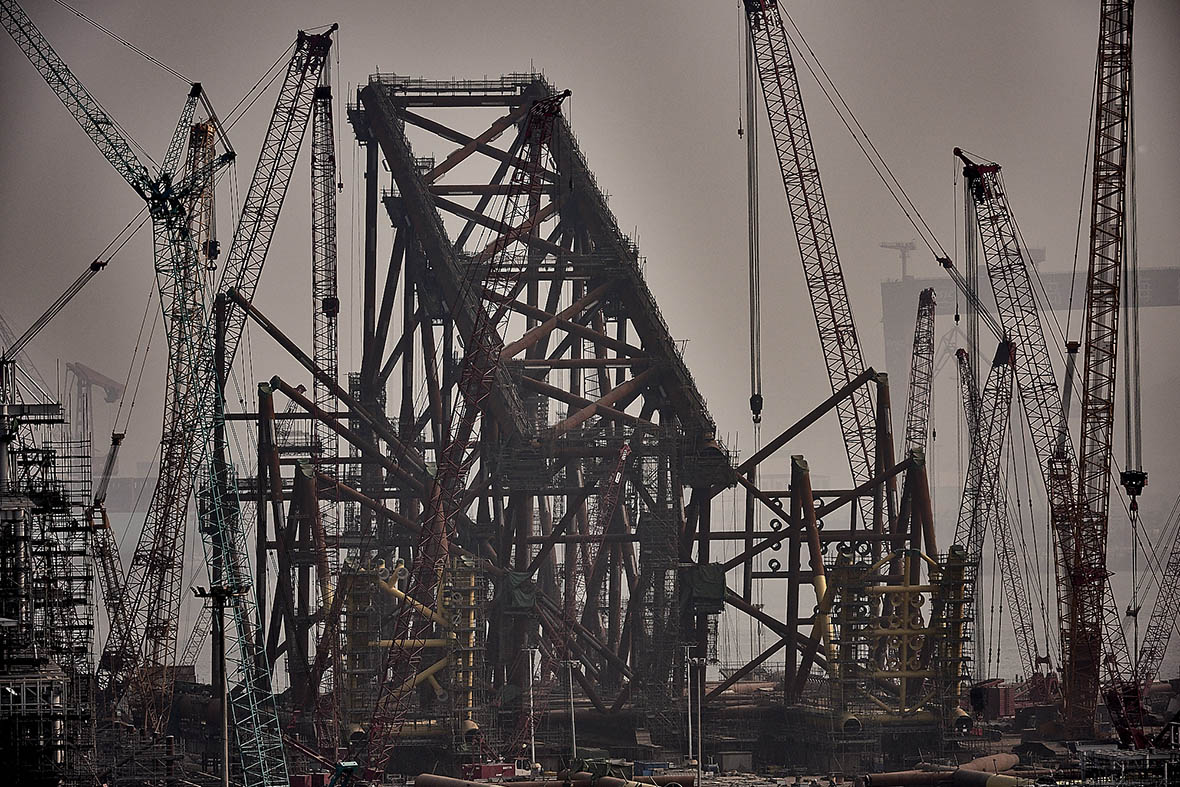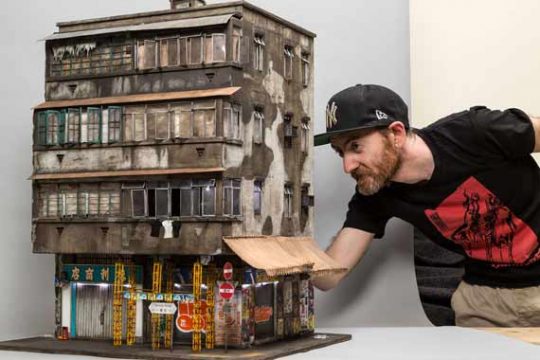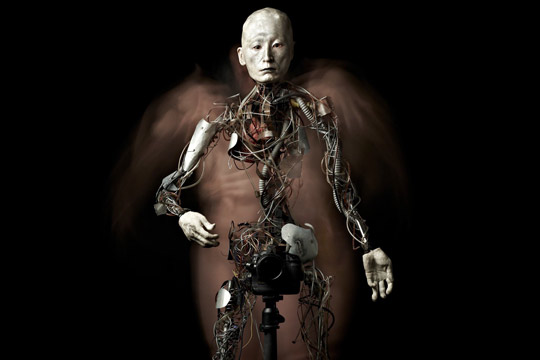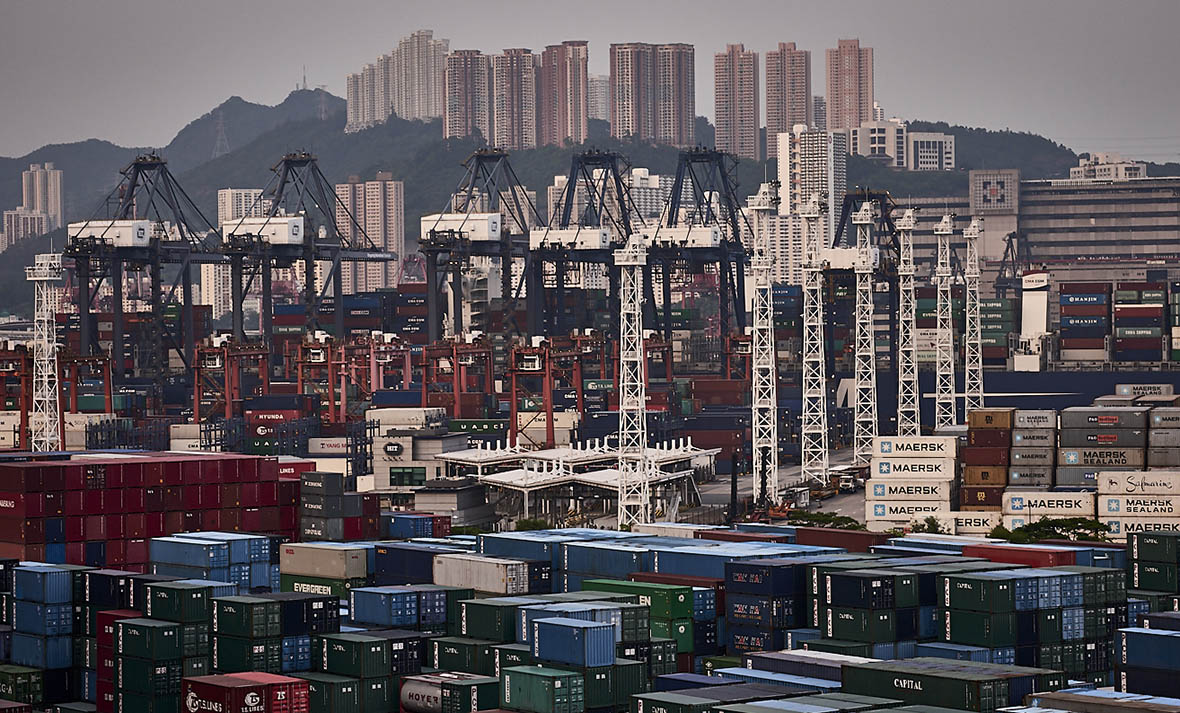
Shipping containers are a common sight in today’s world—whether hitched on the back of a semi-truck, repurposed as makeshift breakrooms for construction workers, or stacked up high in cargo ports. These containers are precisely the focus of photographer Manuel Alvarez Diestro‘s Boxification.
The series, shot across different ports in Asia, showcases how these colorful containers shape our urban habitat. In his images, some are piled up high, others are strewn across lots, forming expansive terrains of corrugated metal. Alvarez’s photos call attention to a simple truth: these overlooked containers are now an essential pillar of global commerce, and in a way, they represent Asia’s ever-expanding presence in international trade.
它是我们从小到大最熟悉的风景线之一——从路上大卡车装载的铁皮箱,到小区施工方住的临时房,再到上海各个港口来往的货船上,集装箱,成为了一代代人成长回忆的一部分。Manuel Alvarez Diestro 在《Boxification》系列中创造的景象,恰恰是我们熟悉的这部分城市景观。
这些影像来自于亚洲的几个知名港口,色彩斑斓的集装箱成堆地垒起,在岸边如林立的高楼一般拔地而起。而无论是从摄影的角度还是从经济的层面来看,这些铁皮箱子都似是一个绕不过去的庞然大物,它占据了大块的自然风景,成为全新的地标——当然,也象征着亚洲经济的崛起。
Diestro’s photographic interests began in the 90s when he was attending university in Paris. The towering skyline of La Défense, Paris’s business district, captivated his imagination, inspiring him to try his hand at architectural photography. This creative passion followed him to the U.S. where he graduated with a degree in art history from Boston University. Upon finishing school, he decided to travel and snap as many photos as he could. As he continued making images, he found that cityscapes and urban environments intrigued him the most, especially in how a city’s expansion affects the surrounding world.
Diestro believes shipping containers capture the essence of our urban existence—a mechanical world where everything has been standardized and consumption is king. To highlight their prevalence, he turned his attention to the ports of Asia’s biggest metropolises where these freight boxes are kept and moved daily. “The ports with high traffic and large amounts of shipping containers were most interesting to me,” he says. “I began studying them.”
Throughout the course of shooting Boxification, he lived in Seoul, but spent time traveling to ports in places such as Shanghai, Qingdao, Kaohsiung, Singapore, Hong Kong, Busan, Bangkok, Tokyo, and more.
Manuel 第一次接触摄影,是在他 90 年代大学期间住在法国巴黎的时候。当时,拥有众多摩天大楼的“拉德芳斯”商业区正在建设中,他开始拍摄垂直结构的照片。从波士顿大学艺术史专业毕业后,他决定环游世界并拍摄自己曾到访过的城市。那些和“城市的建设以及与景观的关系”相关的视觉主题,特别吸引他。
作为城市景观的代表之一,亚洲不少知名的进出港,就成了他关切的选题。“尤其是那些在亚洲拥有最大集装箱运输量的集散地,我对这些都进行了研究。”Manuel 说道,在韩国首尔生活期间,他去过上海、青岛、高雄、新加坡、香港、釜山、曼谷和东京……《Boxification》系列就是在这个过程中应运而生的,以拍摄船舶集装箱为主题。
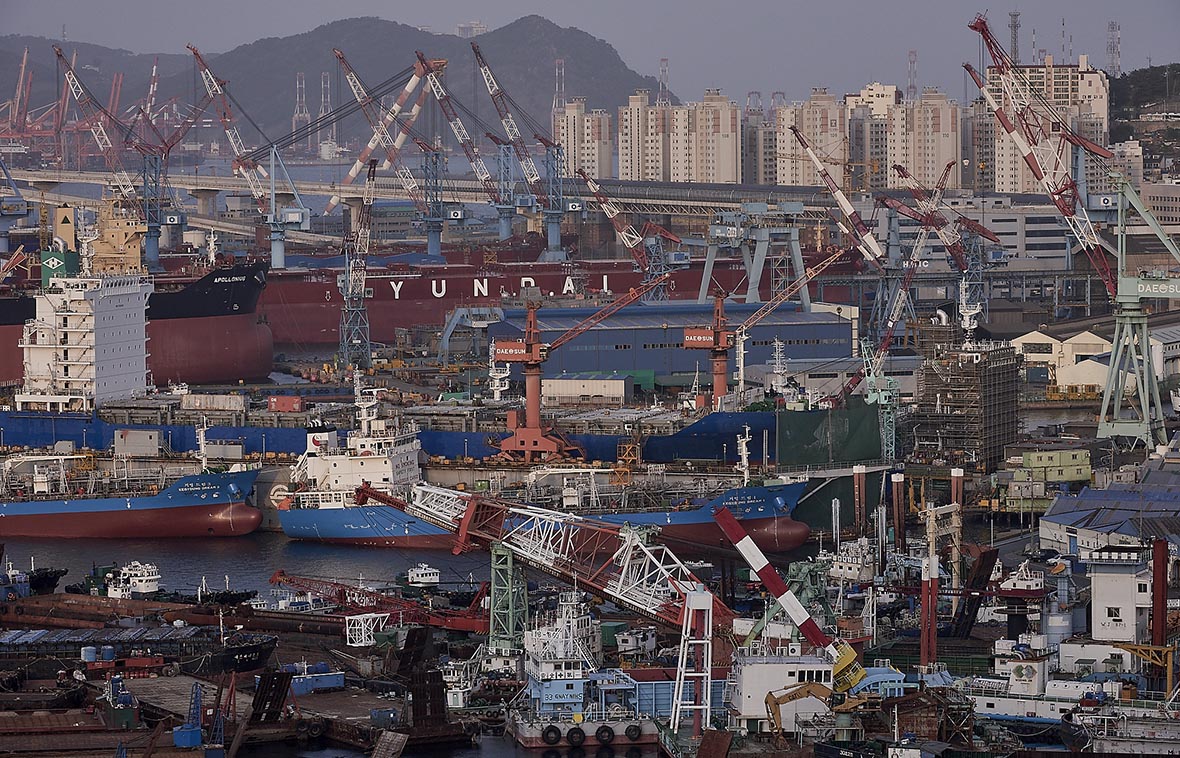
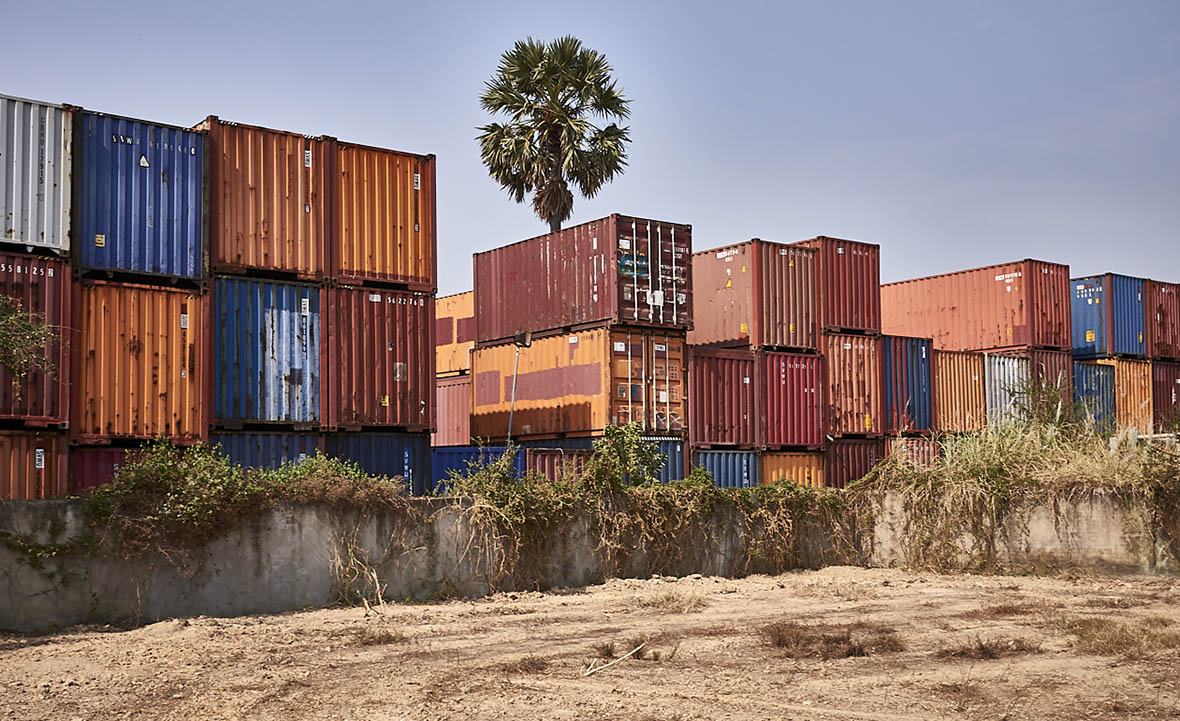
What first drew Diestro to shipping containers is their sense of mystery. You can’t see what’s inside; yet, they carry items of importance for different people, whether it be furniture, electronics, toys, or clothing. They come from different points of departure and are intended for different destinations. To him, his photographs are similar, except instead of cargo they carry stories and meaning, which only reveal themselves once you look past the surface.
每一个箱子里,都装载着不为人知的重要物资,它可以是家具、电器、葡萄酒、玩具、衣服……林林总总,各有来源和目的地;而对 Manuel 来说,每一张照片,也都承载着不同的背景和故事。
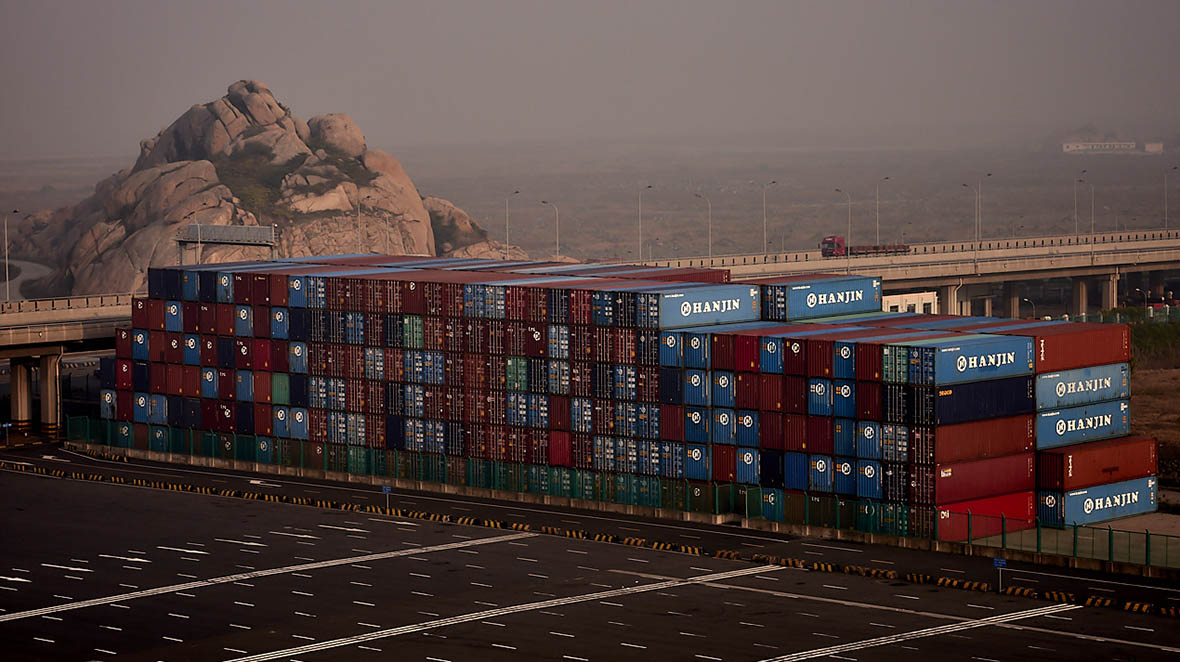
According to United Nations trade data, there are nearly 180 million containers worldwide. Despite the staggering number, COVID-19 has led to shipping container shortages due to increased import demands and containers stuck in locked-down countries. “These containers are a necessary requirement to maintain a healthy global economy,” Diestro notes. “In challenging economic times, these containers are still important, if not more so. With the rise in e-commerce, more companies are buying more containers to safeguard themselves from future disruptions. Almost everything we buy and consume came from inside a container. It’s interesting just how indispensable these metal boxes are for the economy.”
Through his images, Diestro hoped that people will see these shipping containers that play such an essential role in our everyday lives in a new light. “I will continue photographing the relation of humans with the landscape and particularly when building new cities,” he says. “I will keep making work that make us reflect about who we are and our place in the world, even if people aren’t visible in the image.”
根据联合国贸易数据显示,全球有近 1.8 亿个集装箱。但是由于 COVID-19,世界现在也正面临着集装箱贸易的处理能力问题。 但 Manuel 觉得,集装箱贸易是维持全球经济健康的必要条件,“即使在充满挑战的经济时代,随着越来越多的人通过电子商务购买产品,越来越多的公司正在购买库存并减轻未来的任何中断,集装箱运输仍能保持非常强劲的运作。我们购买和消费的大部分产品都装在一个容器中。这些标准化尺寸的彩色金属盒在全球经济中不可或缺。”作为一名摄影师,他想要通过关注港口集装箱的活动,就可以给观众呈现一个个非常有说服力的故事。“我将继续拍摄人与景观的关系,尤其是在建造新城市的时候。即使没有人出现,我也会不断创作引人注目的图像,让我们反思我们是谁以及我们在世界上的位置。 ”
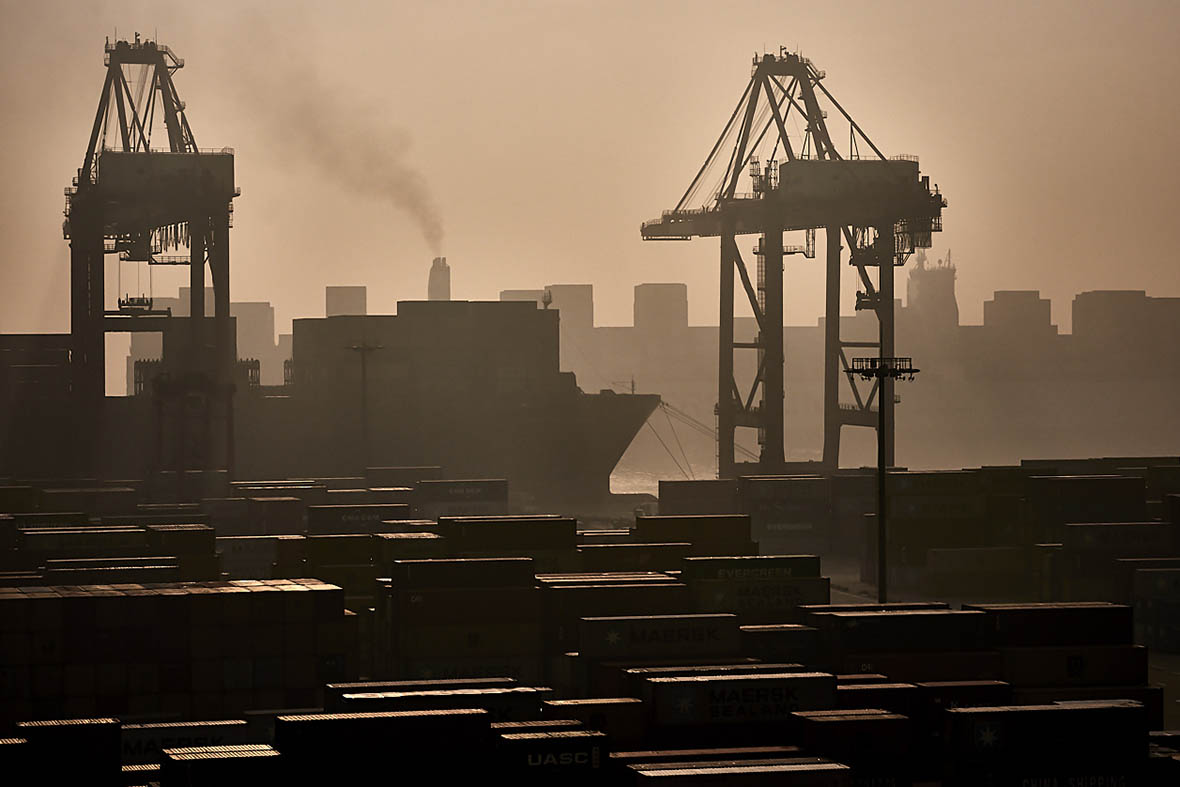
Like our stories? Follow us on Facebook and Instagram.
Website: www.manueldiestro.com
Instagram: @m.a.diestro
Contributor: Chen Yuan

